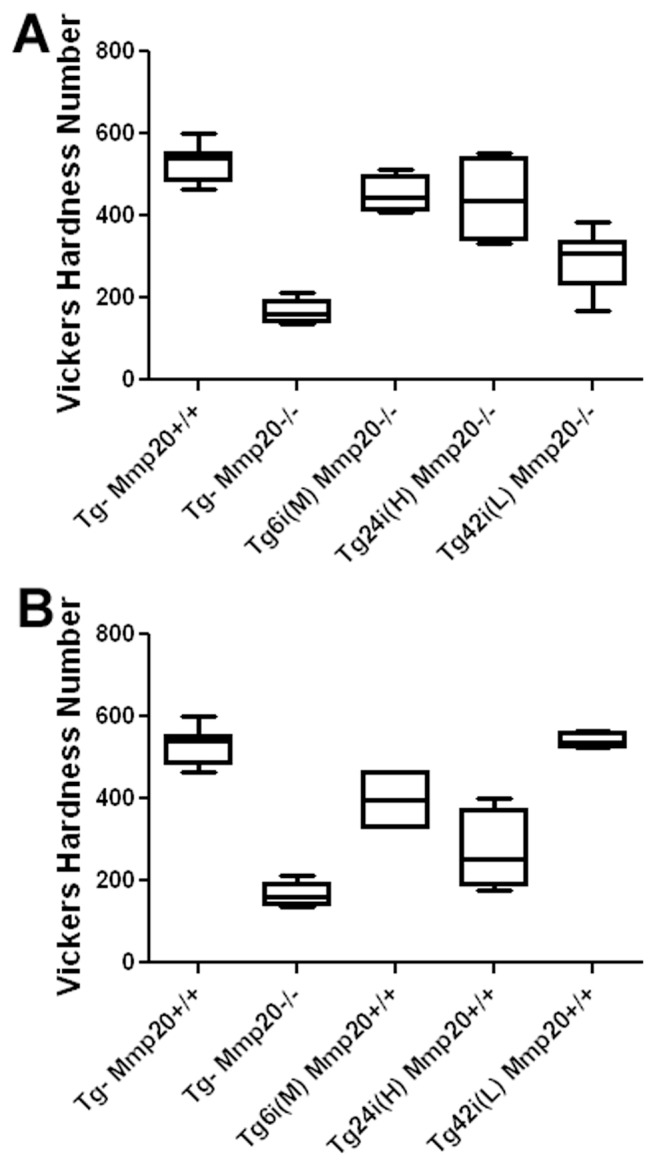Figure 7. Assessment of incisor microhardness on incisor longitudinal sections.

Approximately 20 indentations throughout the enamel layer were obtained per incisor and the results were average to generate one data point for the graph. Measurements from at least 4 incisors from each genotype were used to generate a bar on the graph. Whiskers denote the data range and the horizontal line within the box represents the median microhardness value. When present in the Mmp20 null background (A), the Tg6i (M) Mmp20−/− (N = 4) enamel was slightly softer (P<0.05) than wild-type mouse enamel (Tg– Mmp20+/+, N = 8), but the Tg24i (H) Mmp20−/− (N = 4) enamel had a wider range of microhardness values and was therefore not significantly different from wild-type. The Tg42i (L) Mmp20−/− (N = 7) enamel was much softer than enamel from wild-type mice and this difference was highly significant (P<0.0001). In contrast, each of the transgenic mice had enamel that was harder than the enamel from the Mmp20 null mouse incisors (Tg– Mmp20−/−, N = 11) and these differences were all highly significant (P<0.0001). Enamel hardness values positively correlated to the level of transgene expression in mouse incisors when the transgenes were in the Mmp20 null background. When present in the Mmp20 wild-type background (B), the Tg6i (M) Mmp20+/+ (N = 4) incisor enamel was softer (P<0.01) than enamel from wild-type mice (Tg– Mmp20+/+, N = 8) and the Tg24i (H) Mmp20+/+ (N = 4) enamel was much softer than enamel from wild-type mice (P<0.0001). However, no difference in enamel hardness was observed between wild-type and Tg42i (L) Mmp20+/+ (N = 4) enamel. Enamel hardness values negatively correlated to the level of transgene expression in mouse incisors when the transgenes were in the wild-type background.
